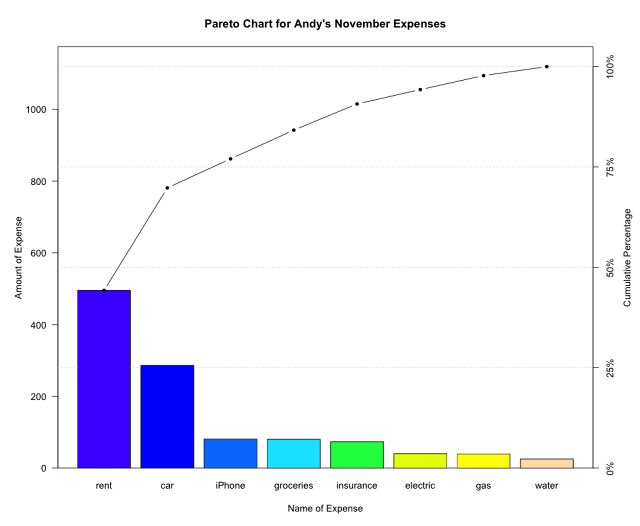Well, I have no shame in saying that I'm sitting in the computer lab of my school's library working on this post. There's two other students in the lab so whatever haha... Here are some highlights and personal improvements since the last post!
10 December 2012: I (somewhat) pretended to be someone else.
In August, I started to look for my first real-world job. There's been many ups and downs, but I definitely learned a lot about myself. What doesn't kill you makes you stronger, right? After applying to about 80 different positions, I only had two interviews! The phone interviews were both for companies that I'd only dream to work for. I completely bombed the first one with a bunch of "likes, ands, and umms." I feel embarrassed just thinking about the second phone interview... Finally, I felt exhausted and fed up with myself.
Before the final presentation of my senior thesis, my advisor gave me some advice to combat the nervousness. "Think of it as acting. You're just an actor on stage and the thesis is your script." BAMMM! I took the advice and survived; there are other reasons how I survived the situation but that's another story. I used the same advice for another phone interview and it went surprisingly well! The company was excited to hear more. There was suppose to be another preliminary phone interview, but that was bypassed and I was scheduled to meet them in person!
13 December 2012: I promised myself to just be me.
The day of my first in-person interview. I made sure to conserve my mental energy by planning everything I had to do the night before. During the morning of the interview, I woke up and followed my schedule but I noticed one huge difference. Everything just seemed to go according to plan! This never happens. I can only thank Dr. Radziwill for the Politically Incorrect Secrets for Getting Through College!! The Law of Attraction has gained another believer. I promised to just be myself and to encompass myself with positivity. Anyways, I strolled into the office like a boss and blew the interview out of the water!
14 December 2012: I cleaned my room.
My room is not usually clean. I try cleaning my room often but I don't clean my entire room because... I slightly like to hoard. At least I admit to it! I cleaned my room and rearranged everything to improve the Feng Shui. As a kid with a superstitious asian mom, I know all the rules and configurations for the best Feng Shui. It may be coincidence, but I absorbed all the good energy and actually enjoyed waiting on tables. All the good energy must have rubbed off on my tables because I made over 25% of my total sales!
.JPG)




